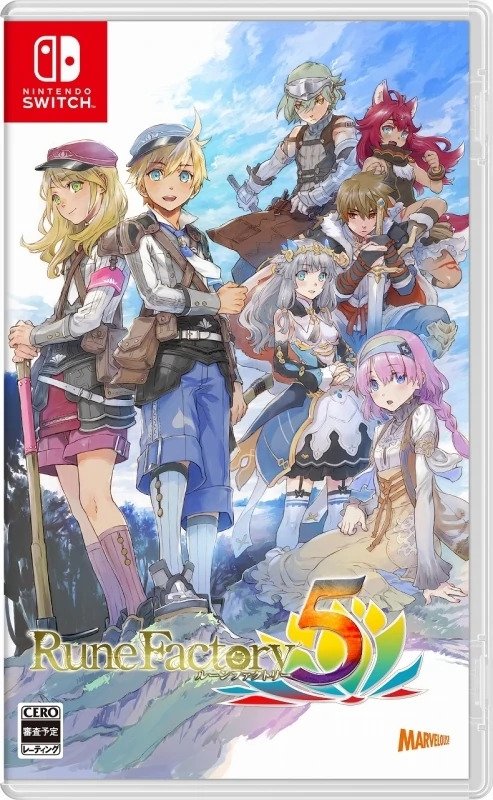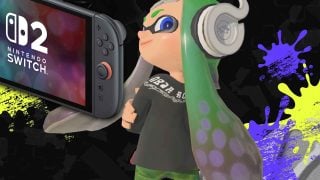Rune Factory 5 released in North America and Europe last week, about a year after its initial release in Japan. To discuss the long process of localization and more, Nintendo Everything sat down with Assistant Localization Manager Lori Snyder, Localization Manager John Wheeler, and Localization Editor Katherine Sargent of XSeed. Here are some tidbits:
- All three are longtime fans of Rune Factory and Story of Seasons (née Harvest Moon), often since the very earliest installments.
- The game had about as much text as Rune Factory 4 or one of the Trails of Cold Steel games (which XSeed also localizes) — in their own words, more text than War and Peace but not exceptionally large for a JRPG (a statement that really puts the genre into perspective). Unlike the last game, they were working on the game before it was released in Japan, meaning some of the text wasn’t finalized and changes had to be communicated. However, this allowed the title to come out overseas more quickly than RF4 (even though it took about the same amount of time to localize it).
- XSeed’s typical localization pipeline is translation -> editing -> proofing. Over 10 people worked on these processes in total, with great care to ensure the tone and voice remained consistent throughout.
- One big endeavor the localization team undertook was festival dialogue. In the JP version, characters have mundane, repetitive dialogue before and during a festival (“It looks like there’s a festival tomorrow!” “Great job!” etc.), but in the localized version each character has unique dialogue for each festival in their own voice.
- Another, arguably even more impressive step the localization took was in Fuuka’s dialogue. She speaks in beast language, which in Japanese is simply “Gau gau gau” followed by what she’s actually saying. The localization team once again felt this was repetitive, so they actually invented grammar and vocabulary and constructed an entire language. If you’re smart you can actually learn to parse it yourself.
- They were also able to include Japanese VA commentary for the game, which they weren’t able to do for RF4 Special.
- The team worked with Cup of Tea Production to record English voiceover. XSeed actually submitted suggestions for who should be cast as whom, and the studio “filled in the blanks as necessary.” There were always at least two XSeed members present during recording to provide information on characterization and make sure everything lined up. Some voiced lines have pretty different delivery in either English or Japanese, to better match the written word.
- Two of the localizers’ favorite characters to translate/write were Heinz, who makes puns at just about every opportunity, and Palmo, a hammy and verbose member of the series’ storied De Sainte-Coquille family.
- The team is always faced with challenges when determining whether to translate certain Japanese words or leave them as is (e.g. “onigiri” vs. “rice ball”). They updated one longstanding RF item, the Piyo Sandals, to Cheep-Cheep Sandals for this reason (to more accurately depict its squeaky sound effects).
- The staff tried carefully to distinguish between characters’ speaking styles to more effectively communicate their voices through the text. It became easier to write in one character’s voice after working with them for a time.
NE also published an interview with game director Shiro Maekawa a couple days prior.
Rune Factory 5 is out now. You can check out our glowing review (written by yours truly) for more info.
Leave a Comment



